Paintings depicting the Dragon Boat Festival
Updated: 2016-06-07 18:00
(Chinaculture.org)
|
||||||||
 |
|
A long-scroll painting of the Painting of Nine Songs, held in the Jilin Museum in China, painted by Zhang Wo, the Yuan Dynasty. [file photo] |
Since ancient times, many scholars have made use of Qu Yuan’s story and the customs in the Dragon Boat Festival to express their feelings.
A long-scroll painting of the Painting of Nine Songs, which was created based on Nine Songs written by Qu Yuan, is held in the Jilin Museum in China. It was painted by Zhang Wo, a painter from the Yuan Dynasty (1271-1368). The first painting of the scroll is a figure of Qu Yuan, while the remaining 10 paintings are 10 immortals. On the 6-meter scroll, the painter depicted 11 scenes. In the painting, Qu Yuan is standing, wearing a long gown with large sleeves. He looks gaunt and haggard. Although he is deeply worried, he still cuts an elegant figure.
The painting is the earliest image of Qu Yuan among existing ancient paintings of China. The painter adopted an outline drawing to depict Qu Yuan in his imagination. Depicting images with lines only is an artistic form peculiar to Chinese paintings. It contrasts with western sketches which show images with surfaces. They complement each other. The painting of Zhang Wo is said to be the best masterpiece among outline drawing classics which were handed down from ancient times. The lines are mellow and full with agility. It is held up as one of the finest examples of outline drawing.
The Painting of Nine Songs has combined three kinds of art - poetry, calligraphy and painting. Each painting is accompanied with a poem in seal character, which content comes from Nine Songs, which was adapted from ritual folk songs from the Chu State by Qu Yuan.
There are 11 cantos in total, including God of Xiang, Madame Xiang, The Chinese Apollo, River God, Goddess in the Mountain and Sacrifice Soul. Contents of National Martyr and Sacrifice Soul are mainly laments for officers and soldiers who died in battle for Chu State. Other cantos mainly focus on sentimental attachment between gods to express the deep yearnings and the sentimentality caused by unrealized hopes. In fact, Nine Songs was sung during sacrificial rituals, sacrificing to the nine gods or martyrs in Chu State. Qu Yuan arranged them in order to create a literary masterpiece. Images in the piece are vivid so the painter can easily express them. Of course, there are great difficulties in expressing them. How does one interpret words into images?
According to historical data in the history of China, Li Gonglin, a painter from the Song Dynasty (960-1279), was the first one to create paintings with the theme of Nine Songs. However, his works do not survive.
- Suspected IS terrorists arrested in Germany
- Japanese boy abandoned by parents in Hokkaido forest found alive
- China to build Africa's biggest university library
- 'Kill list' found in UCLA campus shooter's residence: Police
- Swiss declare Alps tamed as Gotthard rail tunnel opens
- China urges Japan to properly settle Chinese forced laborers issue
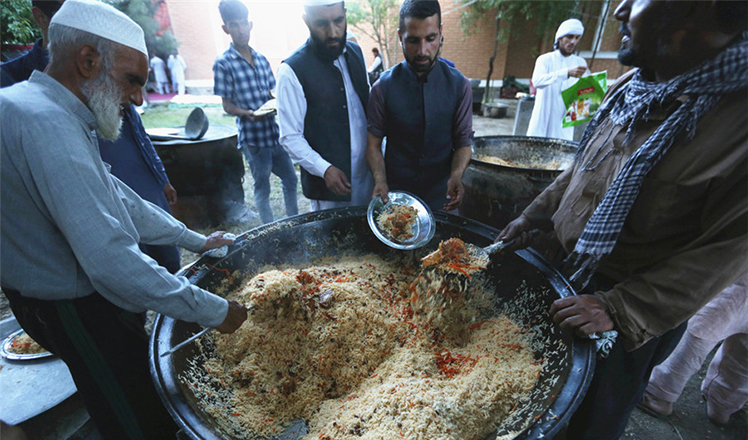
 Popular foods to break fast during holy month of Ramadan
Popular foods to break fast during holy month of Ramadan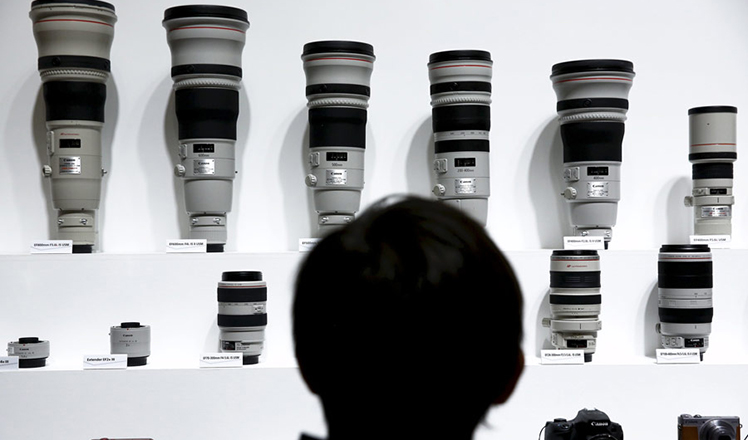
 Top 10 biggest brands in Asia listed in media report
Top 10 biggest brands in Asia listed in media report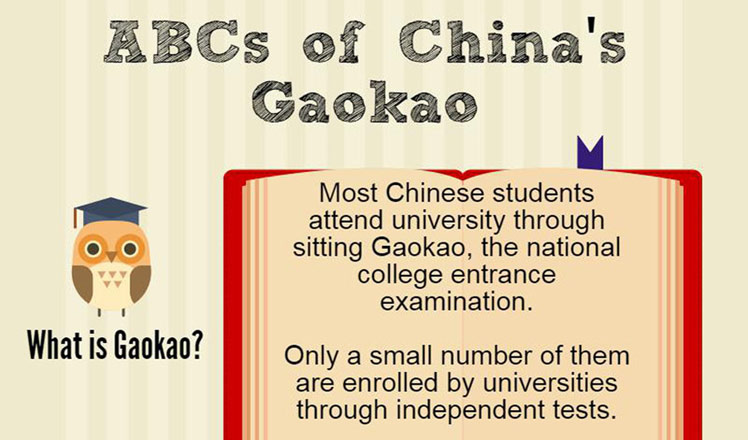
 Things you need to know about China's gaokao
Things you need to know about China's gaokao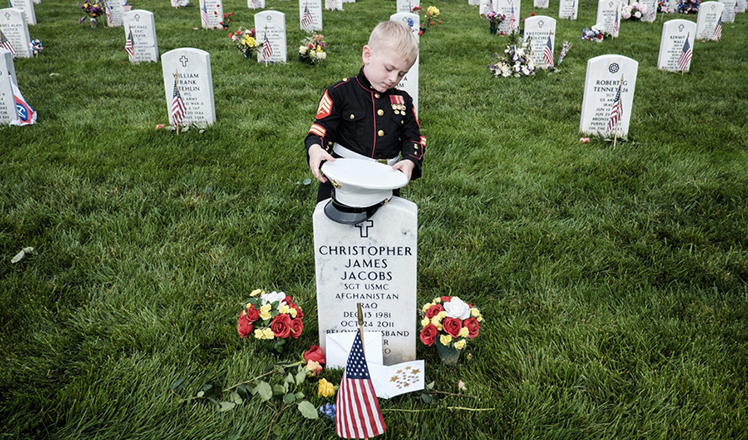
 The world's most striking images: May 30 - June 5
The world's most striking images: May 30 - June 5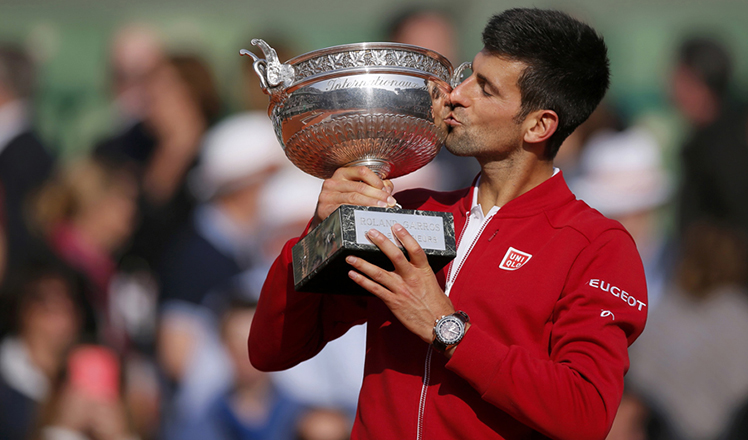
 Djokovic conquers Roland Garros to join tennis pantheon
Djokovic conquers Roland Garros to join tennis pantheon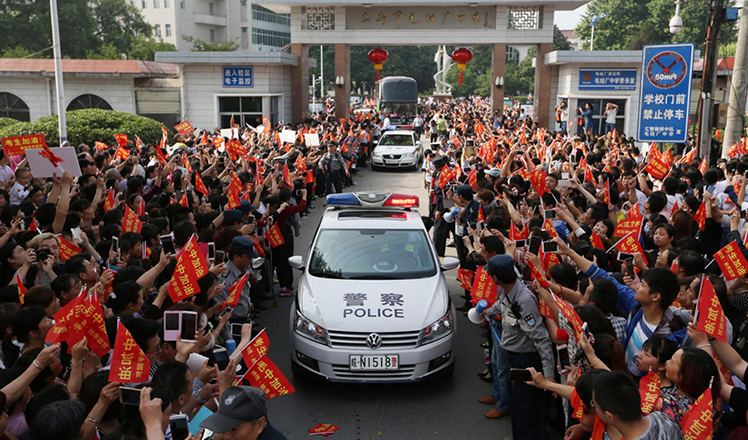
 Students receive gaokao cheers in east China
Students receive gaokao cheers in east China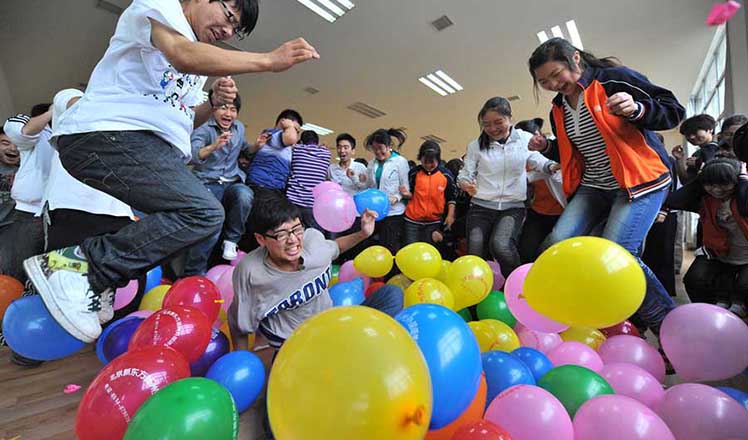
 Students use creative ways to relieve gaokao stress
Students use creative ways to relieve gaokao stress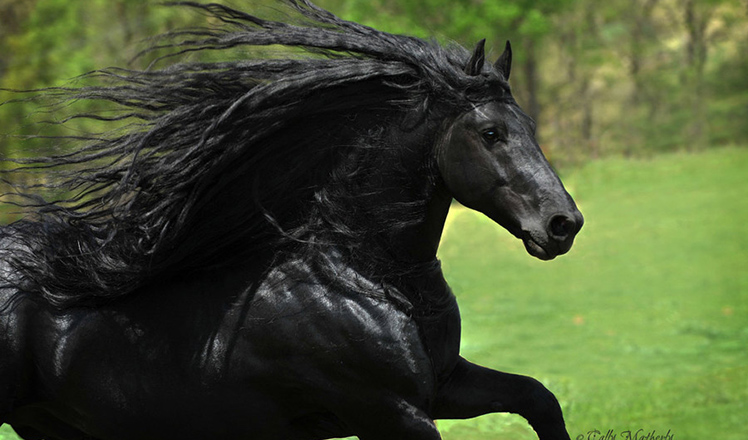
 Frederik the Great: Is it a horse or a stunning statue?
Frederik the Great: Is it a horse or a stunning statue?
Most Viewed
Editor's Picks

|

|

|

|

|

|
Today's Top News
Abe's blame game reveals his policies failing to get results
Ending wildlife trafficking must be policy priority in Asia
Effects of supply-side reform take time to be seen
Chinese State Councilor Yang Jiechi to meet Kerry
Chinese stocks surge on back of MSCI rumors
Liang avoids jail in shooting death
China's finance minister addresses ratings downgrade
Duke alumni visit Chinese Embassy
US Weekly

|

|







